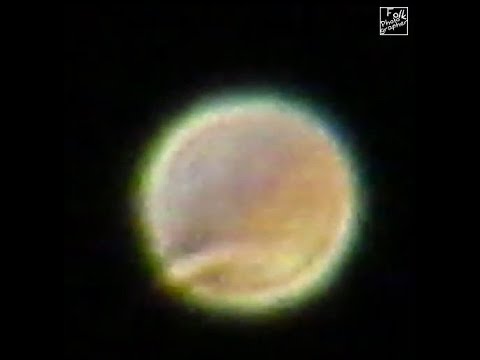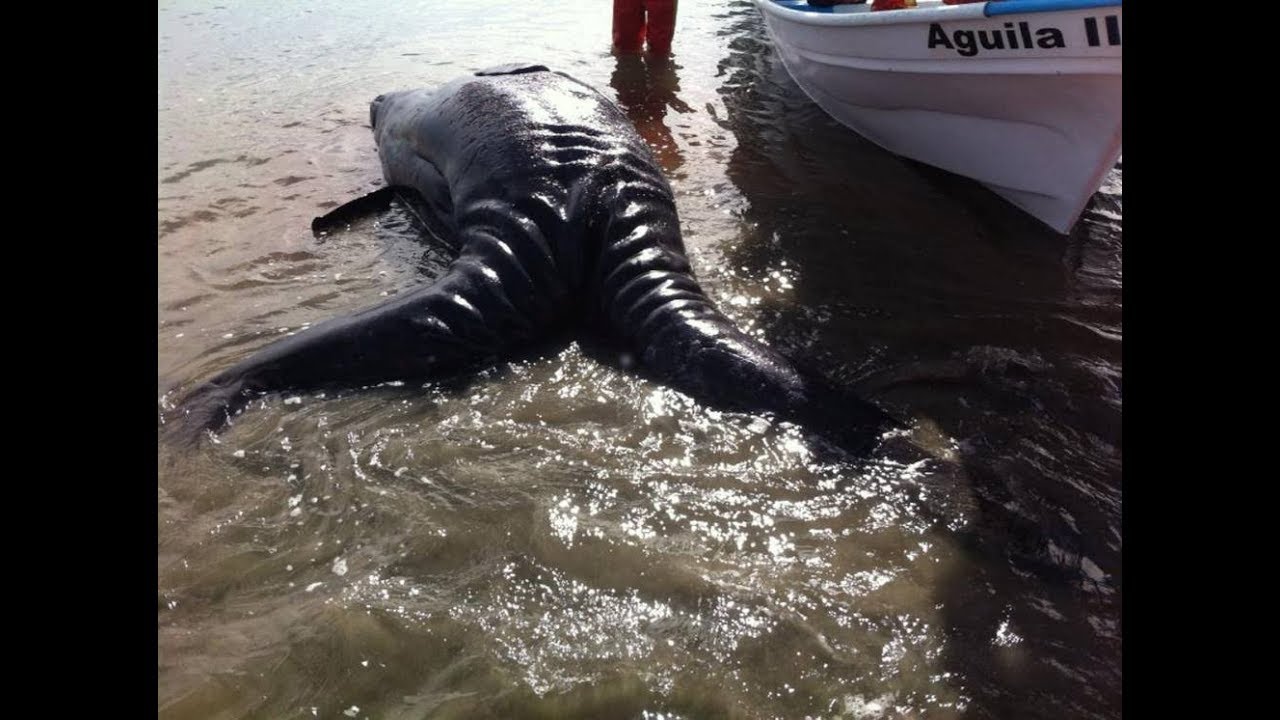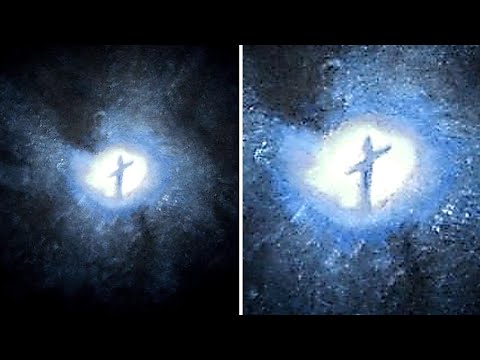There Are Mysterious Objects As Tall As Skyscrapers On Pluto – And Now Scientists Know Why
Please do not forget to visit the site http://scribol.com
**************************************************************
Finding out about our galaxy has been a powerful human desire since time immemorial, yet we still have much more to learn about even just our own planetary system and Sun. Pluto, for example, is between 2.66 and 4.67 billion miles distant from us, depending on its orbital position. And even today, we are still unraveling this celestial body’s secrets.
It was an American, Percival Lowell, born in 1855, who first posited the existence of a planet beyond Uranus and Neptune. A wealthy businessman with a burning interest in astronomy, he spent the last years of his life, from 1906 until his death in 1916, searching for concrete evidence that what he called Planet X existed.
Lowell had both the time and the money to pursue his passion, mind you. In 1894 he’d built the Lowell Observatory in Flagstaff, Arizona, and this was to be a huge help in his search for Planet X. His belief was that unexplained anomalies in the positions of Uranus and Neptune must mean that an unknown planet’s gravitational pull is displacing them.
Sadly, Lowell was to die, at the age of 61, before he could conclusively identify Planet X. In fact, though, in 1915 his observatory had captured two indistinct images of what would later be called Pluto. However, at the time nobody recognized them for what they were.
After Lowell’s death, there was an unfortunate pause in the search for this Planet X. This was caused by a legal dispute between Lowell’s widow, Constance, and the observatory’s management. Happily, though, the search recommenced in 1929 under the guidance of the observatory’s director, Vesto Slipher.
Slipher entrusted the search for Planet X to Clyde Tombaugh, who was then just 23 years of age. Slipher had offered Tombaugh a job after he’d sent some illustrations of Jupiter and Mars to the observatory. And as it turned out, it was to be an inspired appointment.
Tombaugh’s search involved photographing the night sky through a powerful telescope. He then had to minutely examine pairs of photographs using a piece of equipment called a blink comparator. The aim was to detect whether any of the bodies in the images had moved. And he was to be absorbed in this repetitive task for almost a year before a breakthrough came.
Tombaugh’s moment of triumph arrived on February 18, 1830, as he studied photographic plates that had been exposed in January of that year. More photographs were then taken to confirm the findings, and the discovery of this yet-to-be-named planet was announced to the world on March 13, 1930.
The discovery was reported around the globe and was an overnight sensation. Obviously, too, this new heavenly body couldn’t just be called plain old Planet X. It needed a far more romantic name. And, indeed, suggestions about what to call the new planet flooded in from all around the world. Constance Lowell, for one, had a few ideas, but in the end it wasn’t she who christened it. No, the winning submission was to come from across the Atlantic.
**************************************************************
►You can support the channel: PATREON https://goo.gl/KtaKrp
►web: http://watchjojo.com
► SUBSCRIBE US: https://goo.gl/Z4nZcg
► Follow Us On Google Plus: https://goo.gl/JYf9Rr
► Like us Our Facebook Page: https://goo.gl/C5Rv92
► Follow On Twitter: https://goo.gl/PZ2U1R
►For more articles visit: http://scribol.com
►Article link: https://goo.gl/UVBp2F
#watchjojo






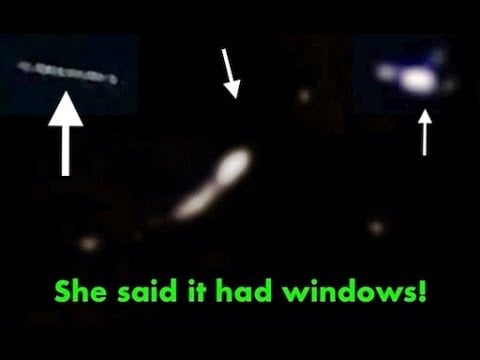
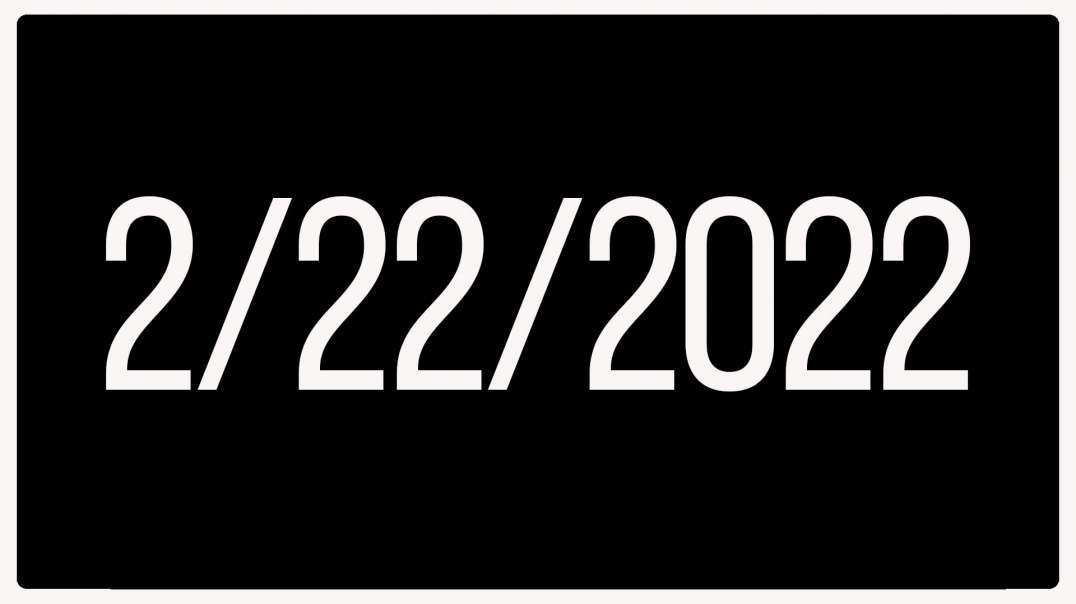






![[Donnie Darkened Mirror] 02-02-2022 Pluto Return Event](https://video.ugetube.com/upload/photos/2022/02/wKF8b47GE8oiMArpcdrr_19_384f72c2e1f91ca09bd9543f503d8cb8_image.png)
